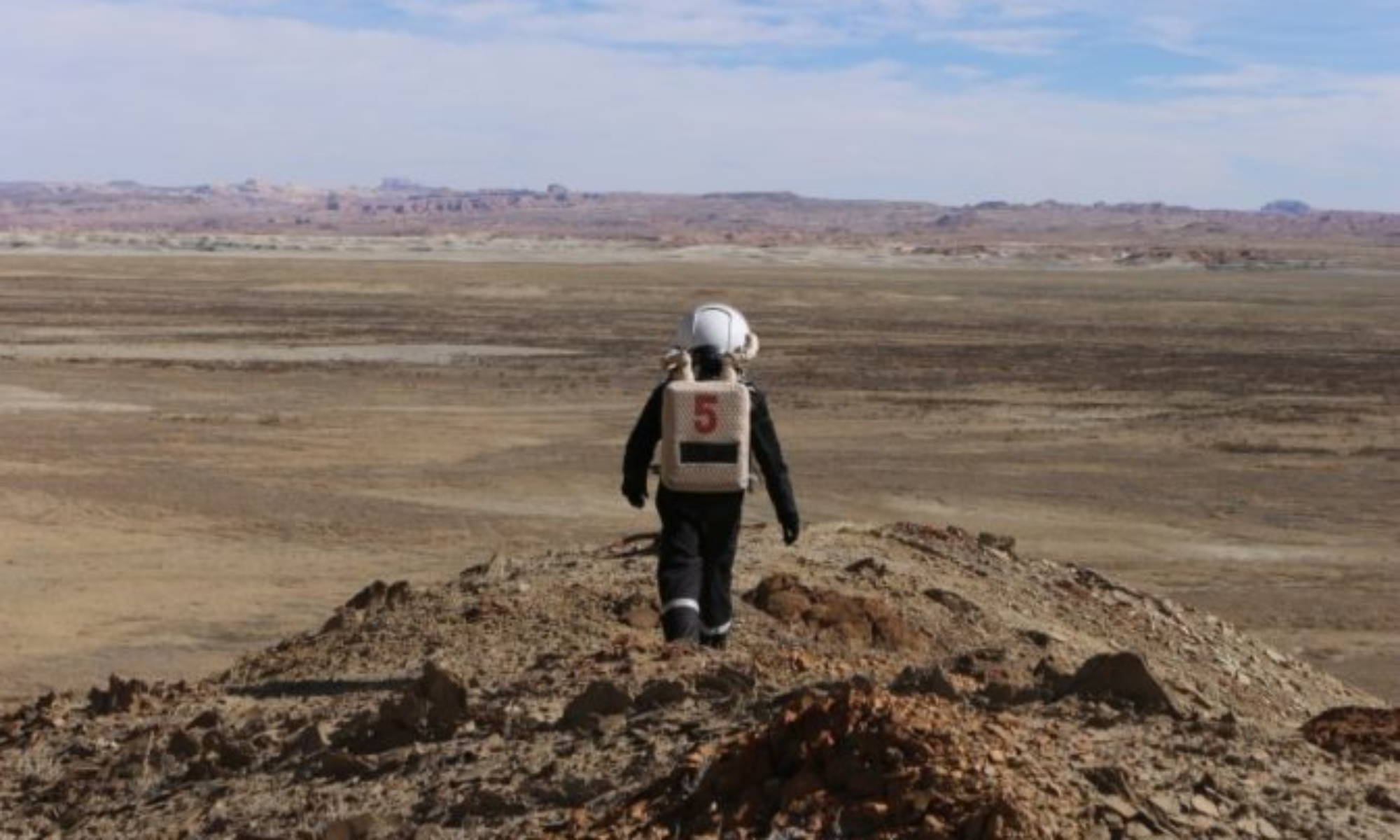Crew 189 Operations Report 27Feb2018
SOL: 9
Name of person filing report: PAYEN Gabriel
Non-nominal systems: Pipe leak, tires compressor
Notes on non-nominal systems:
-The pipe still leaks at the low deck
-During the EVA the crew tried to use the compress and blow front tires. It worked for the right rear wheel but failed for the right front wheel. A tip seems to miss on the compressor because it impossible to screw the compressor on the wheel tip firmly, so that we had to hold it with our hands.
Generator (hours run): Turned off at 9:00 AM and turned on at 7:00 PM
Solar— SOC 72 % (Before generator is run at night)
Diesel – 52%
Propane – 30 psi.
Ethanol Free Gasoline (5 Gallon containers for ATV) – 5 (50% each) gallons.
Water (trailer) – 0 gallons.
Water (static) – 400 (~80%) gallons
Trailer to Static Pump used – NO
Water (loft) – Static to Loft Pump used – YES
Water Meter: 131 505.9
Toilet tank emptied: NO
ATV’s Used: 1
Oil Added NO
ATV Fuel Used: Gals
Hours the ATVs were Used today: 30min
Notes on ATVs: –
Deimos rover used: NO
Hours:
Beginning charge:
Ending charge:
Currently charging:
Sojourner rover used: ASSIGNED TO DIRECTOR
Hours:
Beginning charge:
Ending charge:
Currently charging:
Spirit rover used: NO
Hours:
Beginning charge:
Ending charge:
Currently charging: YES
Opportunity rover used: NO
Hours: 18
Beginning charge: 100%
Ending charge: 100%
Currently charging: YES
Curiosity rover used: YES
Hours: Beginning of the EVA : 15.2 , end of the EVA : 15.3
Beginning charge: 100%
Ending charge: 99%
Currently charging: YES
HabCar used and why, where –
General notes and comments: –
Summary of internet: –
Summary of suits and radios:
Inventory of all working and non-working headsets/radios
Radios : All work
Headset : Two don’t work
Summary of Hab operations: –
Summary of GreenHab operations: –
Summary of ScienceDome operations: –
Summary of RAMM operations: –
Summary of health and safety issues: –
Questions, concerns and requests to Mission Support: –







You must be logged in to post a comment.